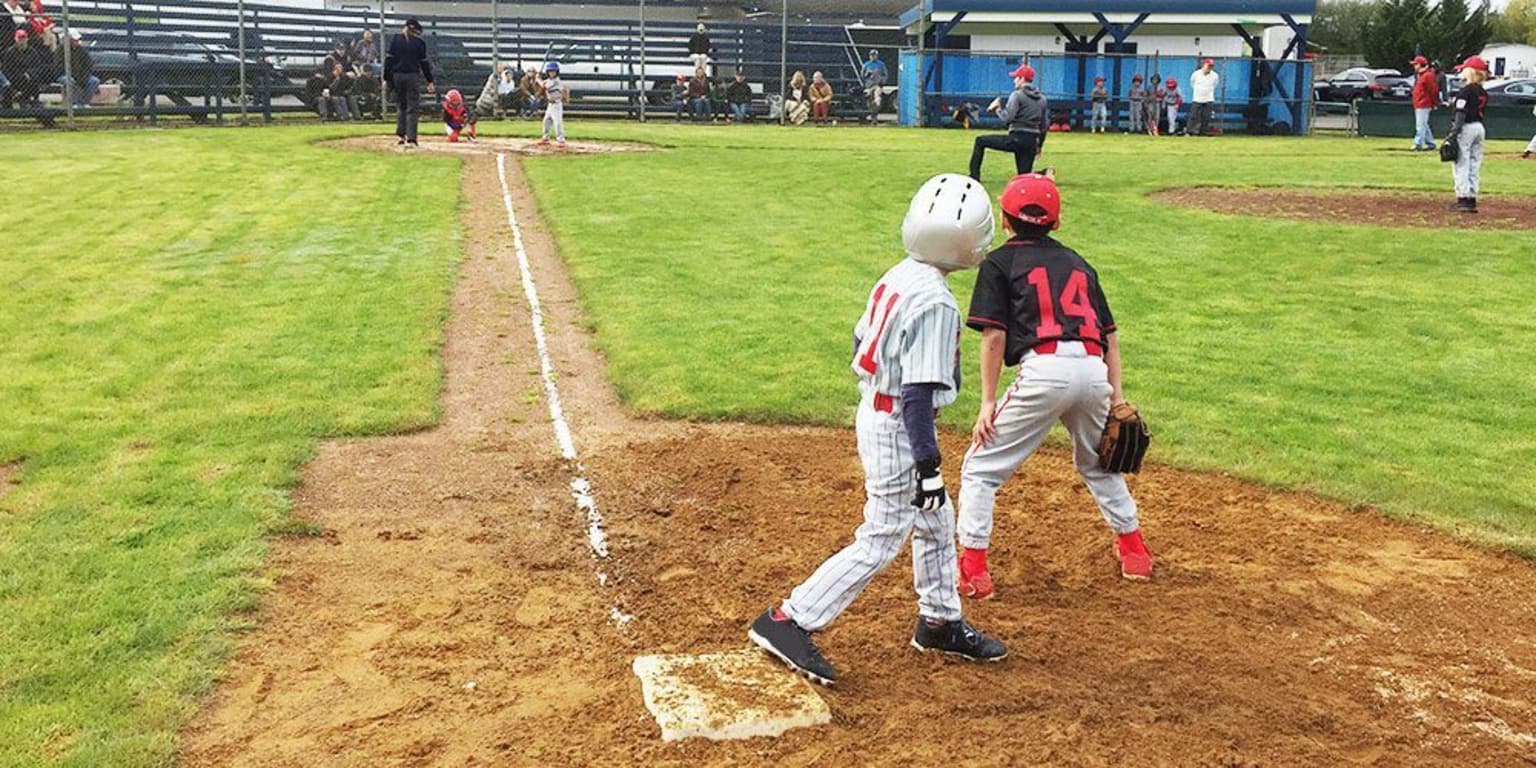Defining Interference and Obstruction

The terms interference and obstruction are often misunderstood and confused by managers, coaches, and umpires alike.
Using the current edition of “Make the Right Call: The Casebook of Little League Baseball and Softball,” examples of interference and obstruction illustrate and help to define the difference between these two judgment calls.
Interference
Situation A:
With a runner on first base, the batter hits a ground ball toward the second baseman. The batted ball strikes the runner from first base before it reaches the second baseman.
Ruling: This is interference, the ball is immediately declared “dead,” the runner is declared out and the batter is awarded first base. If there had been other runners on base, they would return to the base they occupied at the time of the pitch, unless they are forced to advance by the batter being awarded first base.
Situation B:
With a runner on second base, the batter hits a soft line drive toward the shortstop. The runner breaks for third base when the batter contacts the ball, and the batted ball touches the runner and caroms away. The shortstop catches the ball before it contacts the ground and throws to second base to double off the runner.
Ruling: This is interference. The ball became “dead” the moment it touched the runner. The runner is declared out and batter-runner is awarded first base.
Situation C:
During a Senior Division baseball game, with a runner on second base, the batter hits a sharp ground ball, which strikes the umpire before it reaches an infielder.
Ruling: This is interference by the umpire. The ball is dead, and the batter-runner is awarded first base. The other runners are returned to the base they occupied at the time of the pitch, unless they are forced to advance by the award of first base to the batter-runner.
Situation D:
During a Junior Division baseball game, a runner on first base attempts to steal second base. As the catcher attempts to throw to second base contact is made with the home plate umpire, which effects the throw.
Ruling: This is interference by the umpire. If the throw retires the runner, the out will stand. If the runner is not retired, the runner is returned to the base occupied at the time of the pitch.
Obstruction
Situation A:
After a clean hit to the outfield, the batter-runner attempts stretch it into a double. As the runner approaches second base, the shortstop fakes a tag without possession of the ball.
Ruling: A fake tag is considered obstruction and the umpire is to award whatever bases will nullify the obstruction.
Situation B:
The batter hits a ball to the outfield, and while rounding first base the batter-runner contacts the first baseman. The defense relays the ball to second base, where the runner is tagged out.
Ruling: The runner was obstructed by the first baseman, which altered progress toward second base. After the play ends, the umpire is to call “time,” announce obstruction has occurred, and awards bases as necessary, which nullifies the obstruction.